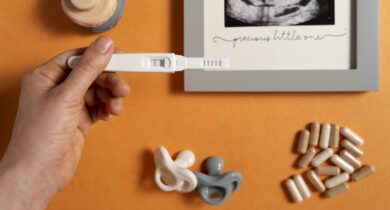A new safe, simple and successful vitrification method for bovine and human blastocysts
Authors: James Stachecki, John Garrisi, Sandro Sabino, et al.
Reproductive Biomedicine Online, Vol: 17, 3, 360-367, 2008
Abstract
This study examined a new method for vitrification of blastocysts that is safe, simple and easy to learn and use. Current vitrification techniques have shortcomings that include the use of dimethyl sulphoxide, one of the more toxic cryoprotectants, and minute containers that are difficult to handle and are usually open to contamination. Cell handling and loading times are very short,
which allows no room for user-associated errors and increases the difficulty of the procedure.
This study describes a method of vitrification without these shortcomings. Human and bovine blastocysts were exposed to a series of three cryoprotectant solutions and loaded into a 0.25 ml sterile straw, heat sealed at both ends and vitrified. This technique allowed sufficient time for cryoprotectant exposure, loading, sealing and vitrification. Research blastocysts were thawed, cultured
for 24 h, and stained for cell viability. The majority survived and on average had few lysed cells. In clinical studies from three different centres, 81.4% of vitrified blastocysts were intact after thawing. Out of 43 transfers with 76 blastocysts replaced, 44.7% implanted, 43.4% yielded a fetal heart beat, and a total of 32 babies have been delivered or are ongoing. The overall clinical pregnancy per transfer rate was 60.4%.
The high survival rates and clinical pregnancy rates obtained with this new, safe and easy-to-use vitrification procedure are encouraging.
Keywords: cryopreservation , human , vitrification




 Seg à Sex, de 08:00 às 18:00
Seg à Sex, de 08:00 às 18:00

